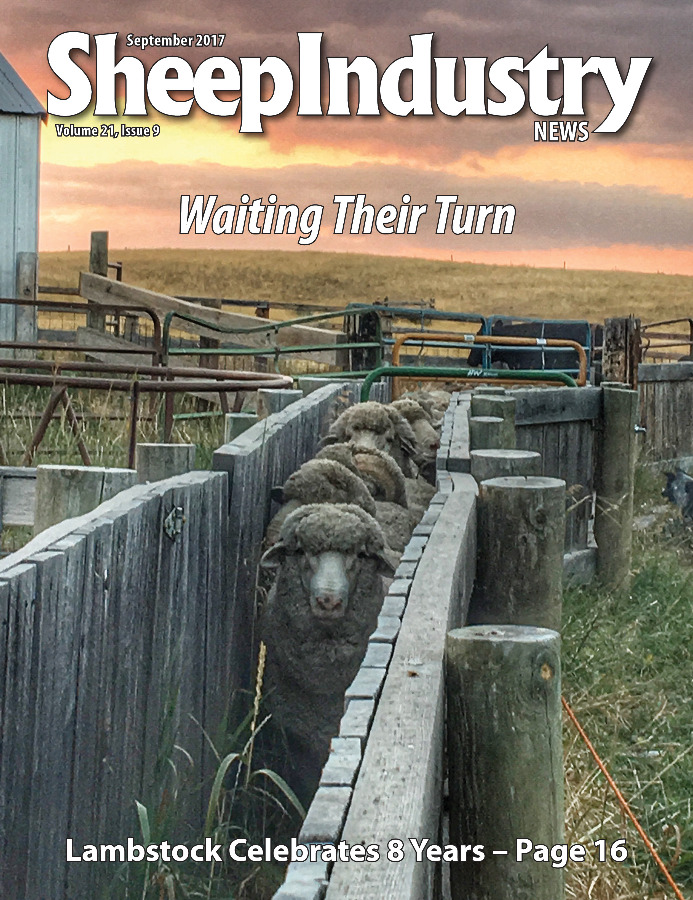In July, the U.S. wool market was quiet and the Australian wool market went on its three-week summer recess. In the last month before its break, the Australian wool market averaged Australian cents 1,522 per kg clean (U.S. 532 cents per lb.), up 16 percent year-on-year. During the second week of August, Australian wool markets reopened. Sales were strong with processors catching up from the three-week recess.
Producers can track the Australian/U.S. exchange rate in order to forecast Australian wool prices in U.S. dollars. During the break, the Australian dollar gained nearly 3 cents to AUD 78.8 cents per USD, which led to an “impressive” 37 cents gain in Australian wool prices in U.S. dollars, to U.S. 554 cents per lb. (Weekly Wool Market Report, 8/10/17).
The forecast for wool is strong.
“Wool farmers are benefiting from the best prices for their product in two decades with market analysts tipping that the market would remain strong,” (China Daily, 8/1/17). China imports about 75 percent of Australia’s wool and much of it remains in China, a testament of higher Chinese incomes and demand growth. “There’s been new-found wealth in Asia, but particularly in China where most of our wool is processed and then exported,” commented Geoff Power, president of Livestock South Australia.
Looking forward, the supply situation in three key countries will affect Australian (and hence global) wool prices. Australia has the largest wool production worldwide when wool is measured on a clean wool basis, China is second and New Zealand is third. Other international wool growers only produce about one-fourth of New Zealand’s production.
The American Wool Council rolled out AmericanWool.org, educating consumers about the merits of wool. Demand, which pushes wool prices higher under a situation of fixed supply, is directly related to promotional wool efforts. Wool faces stiff competition from synthetic fibers, but has seen recent gains domestically, especially in the hosiery market. Still, some U.S. sock makers use imported wool. Wool prices are record high, but importantly world supply is also declining. Increased demand is key to investing in wool and keeping prices high while increasing wool production.


